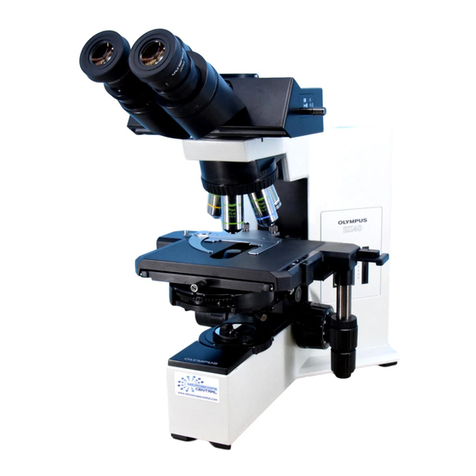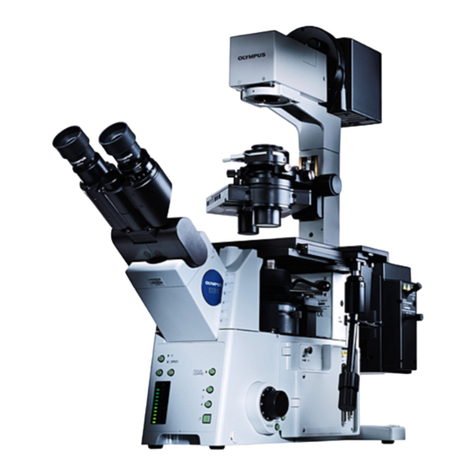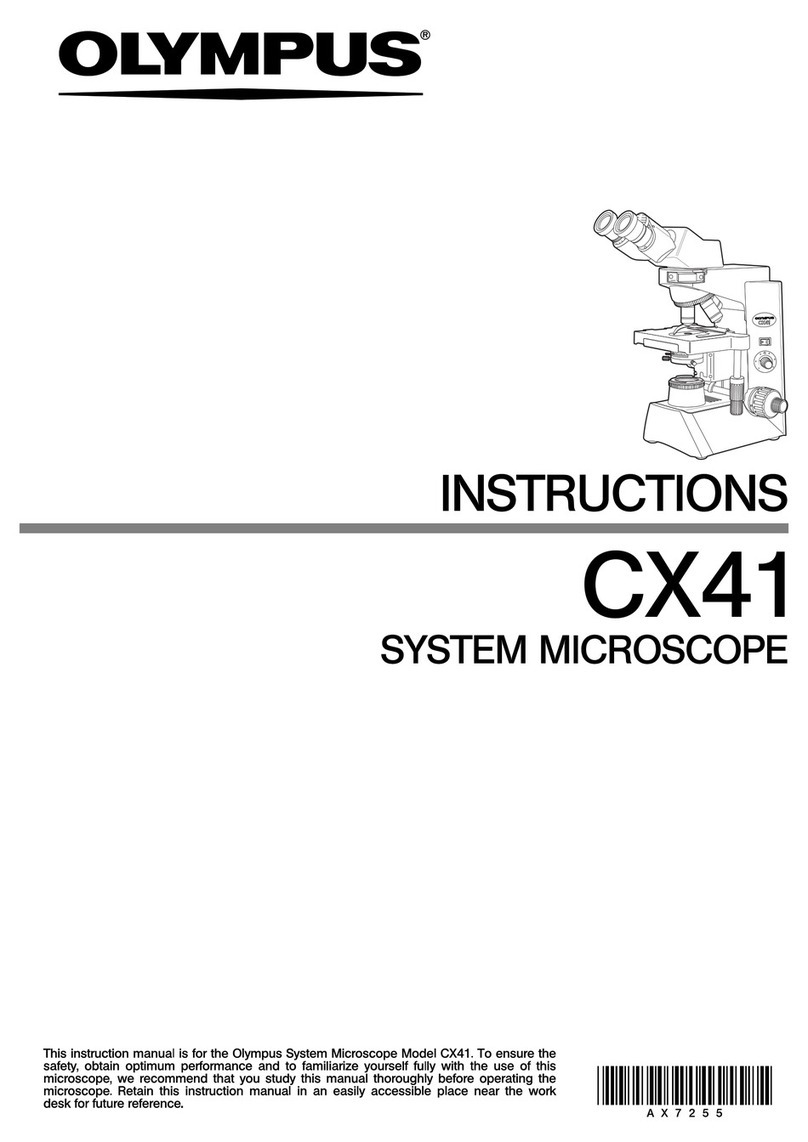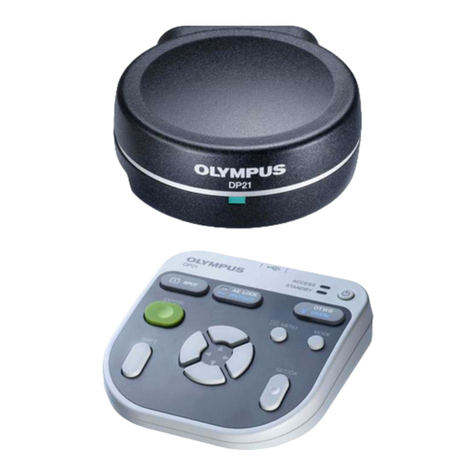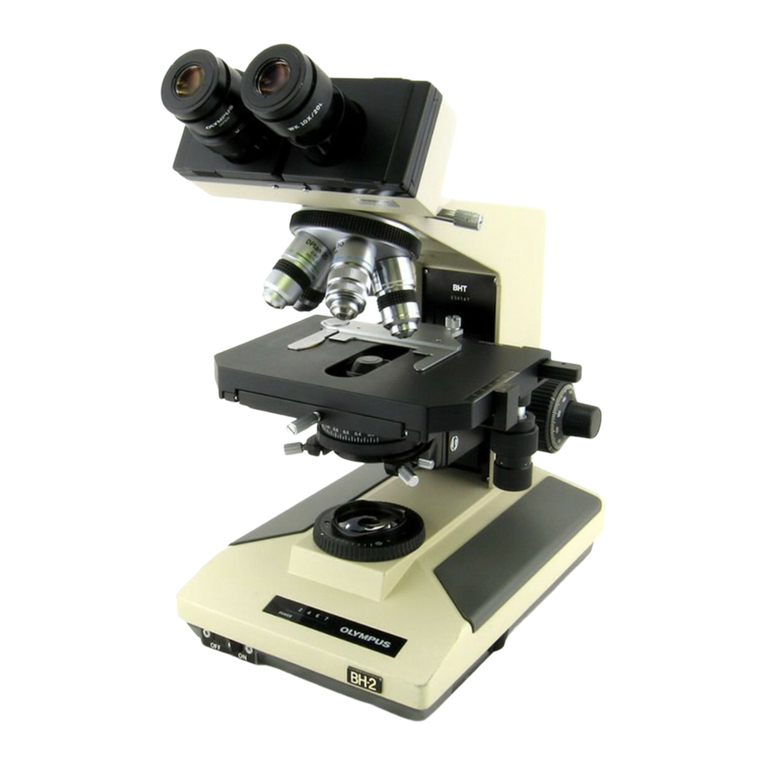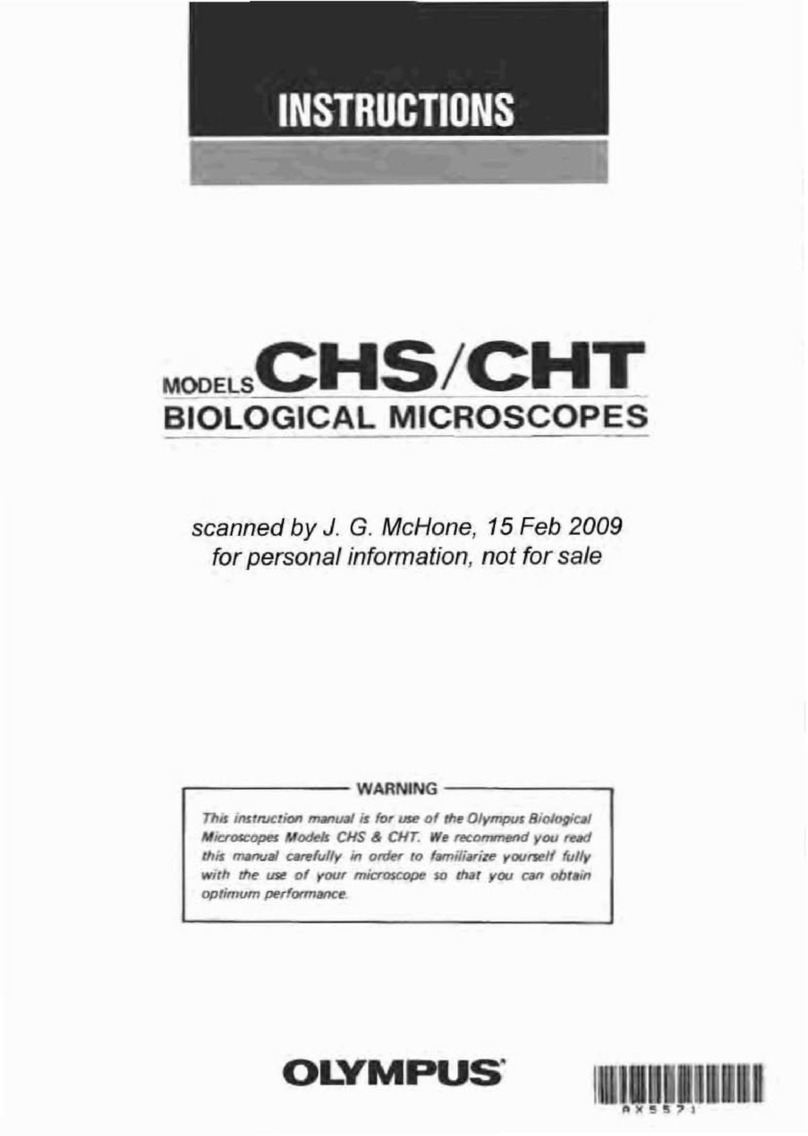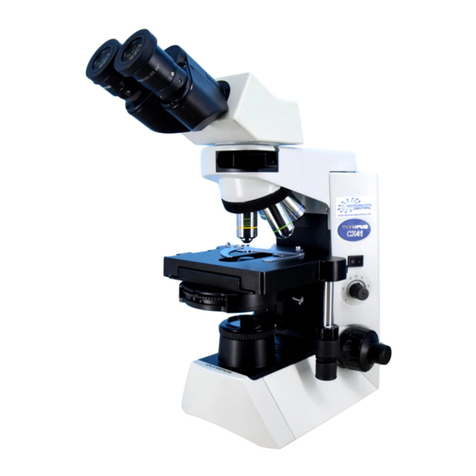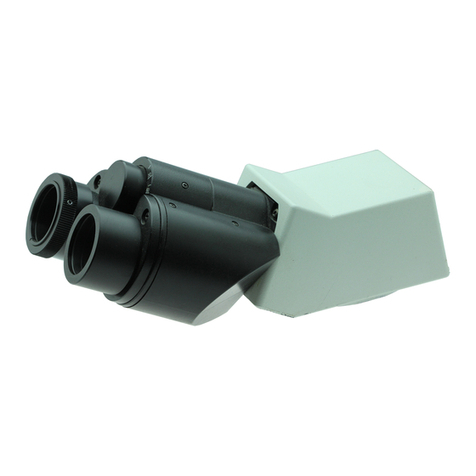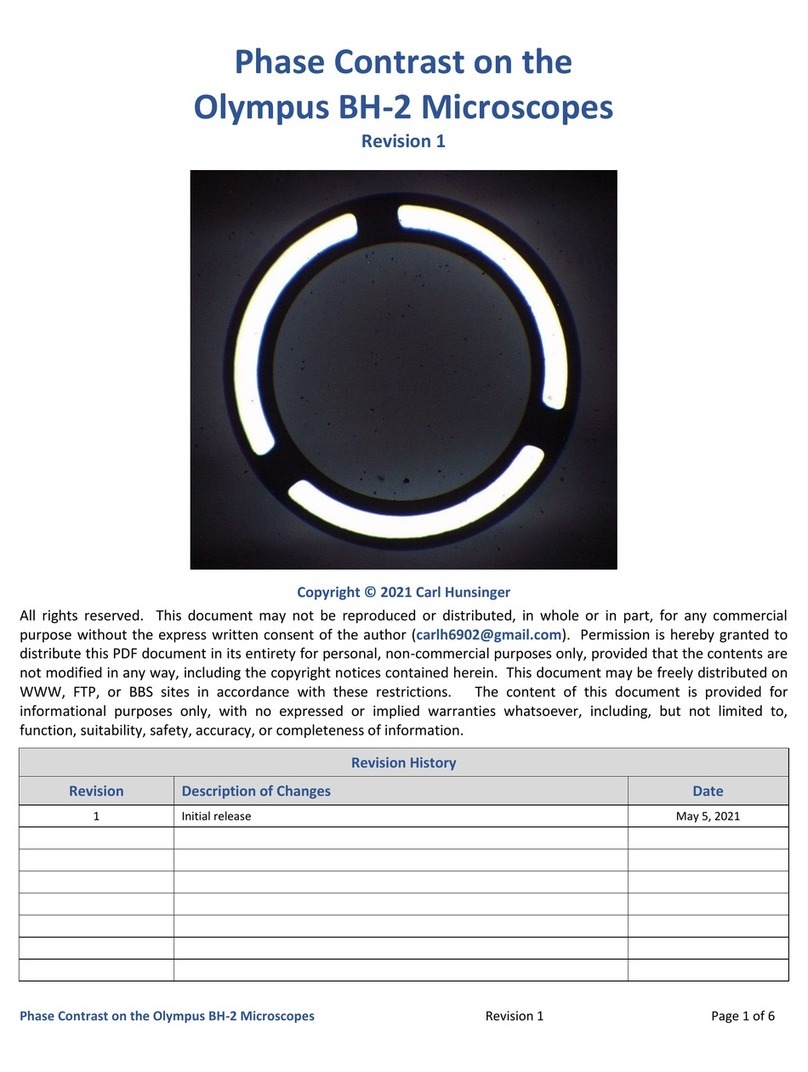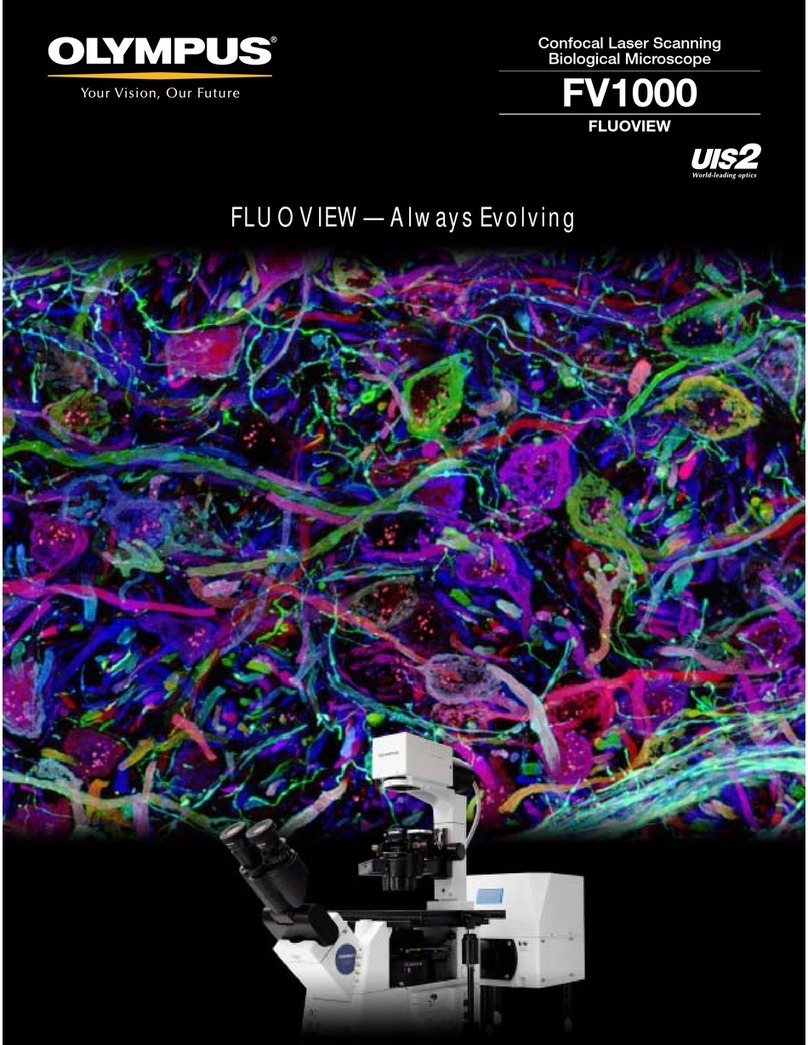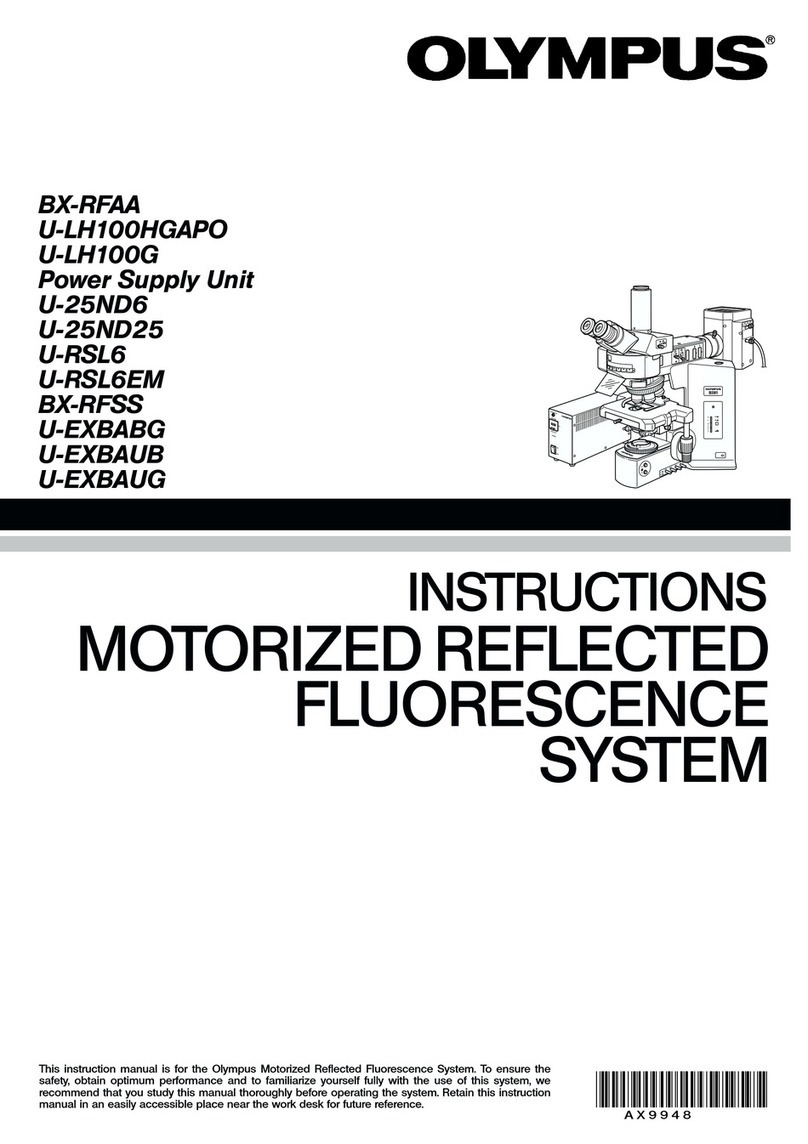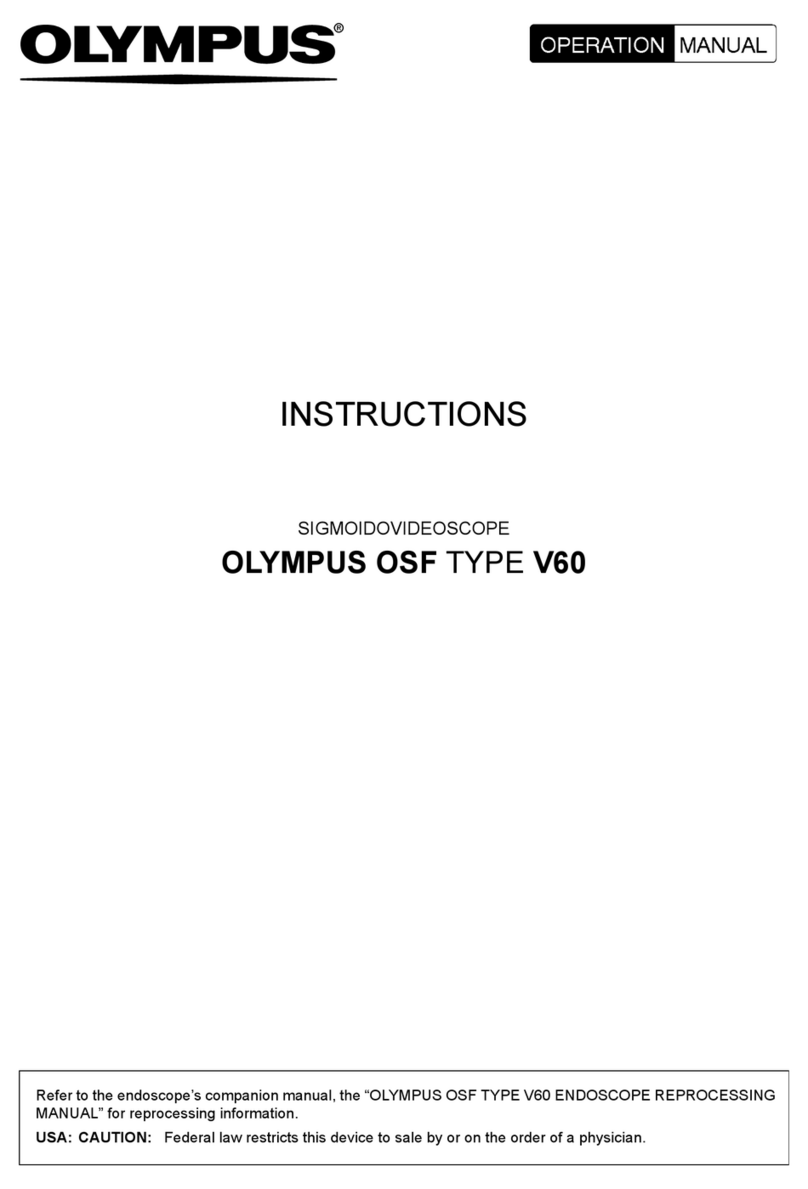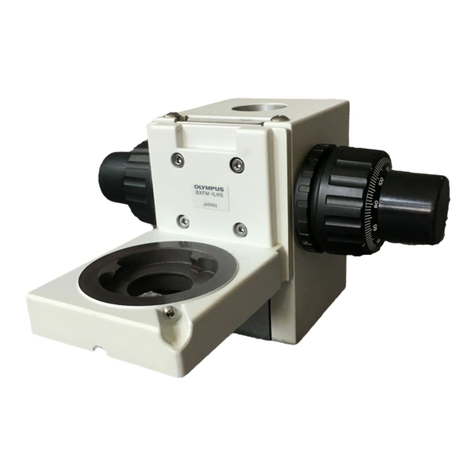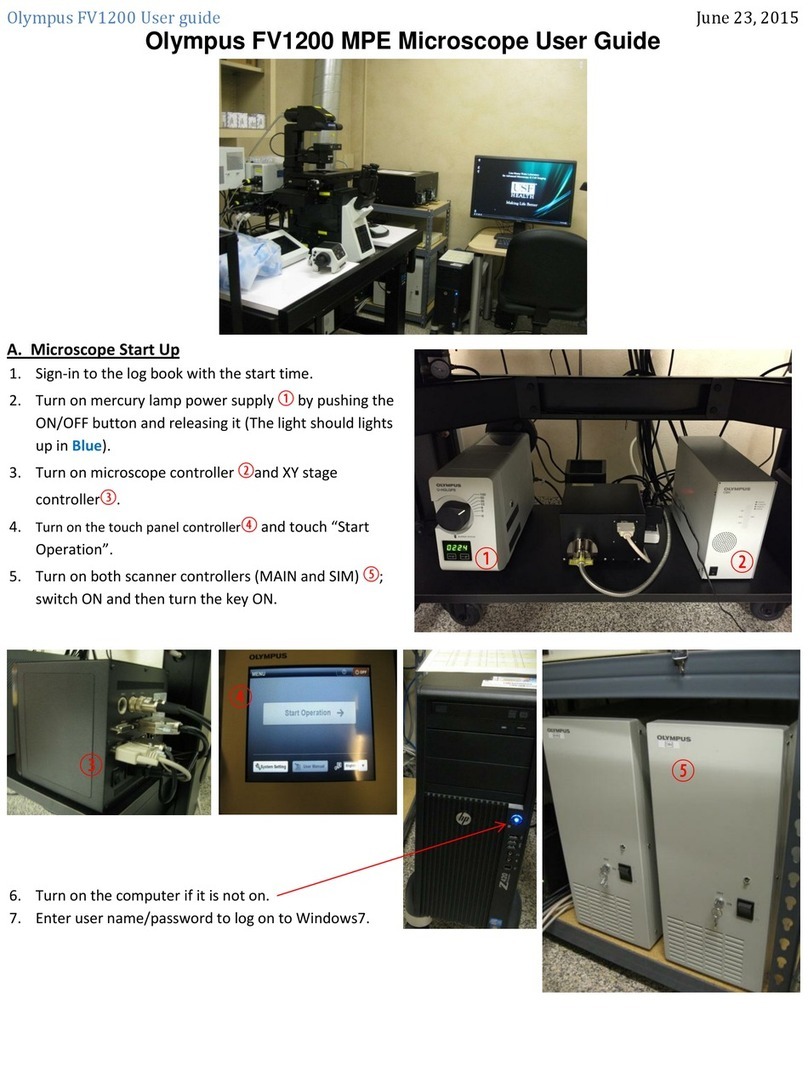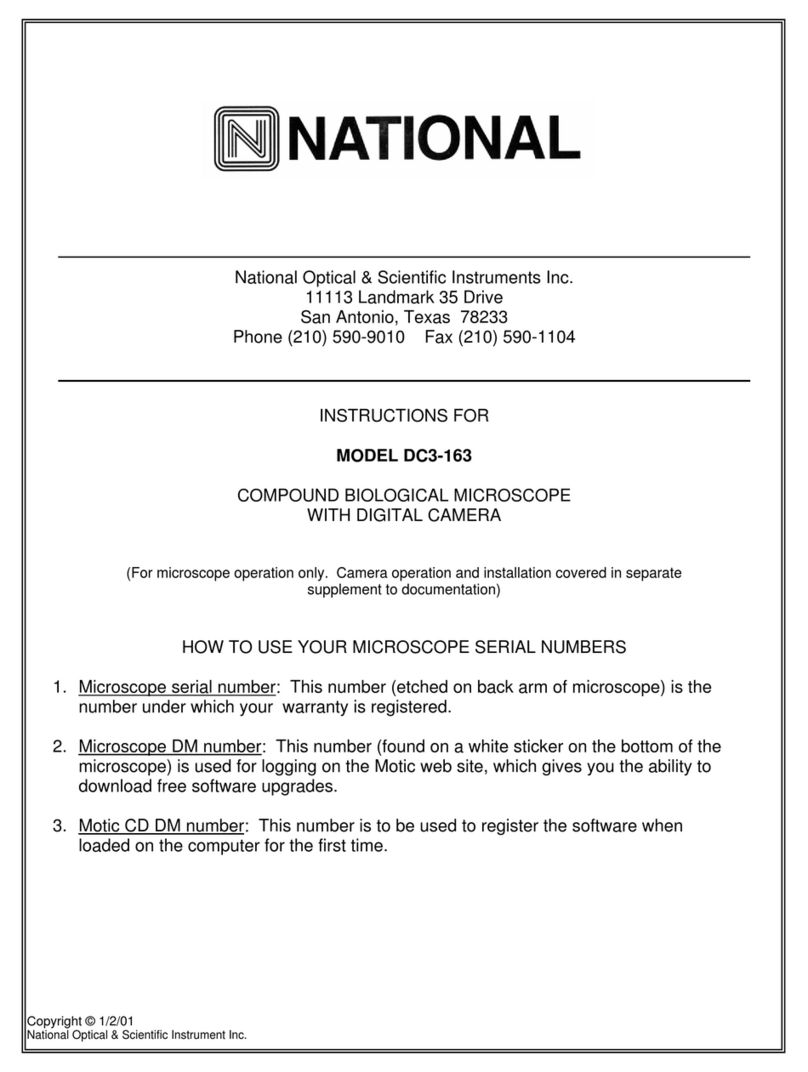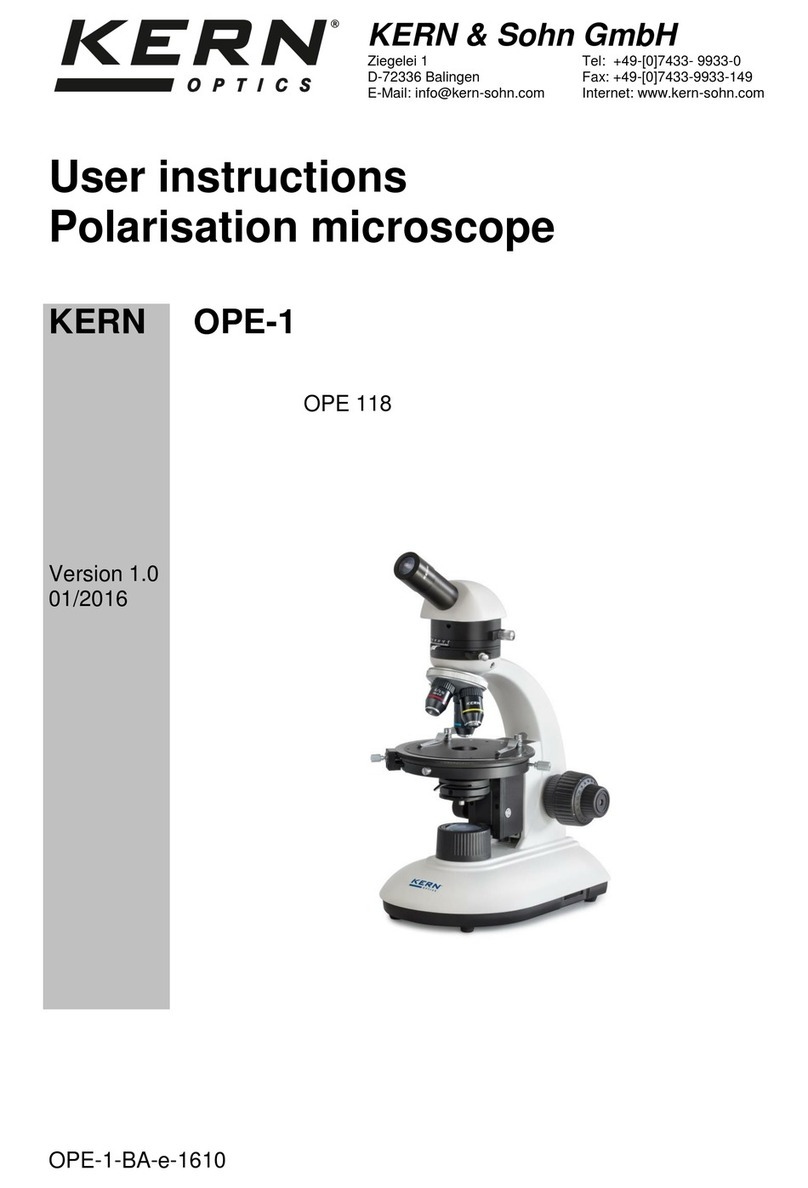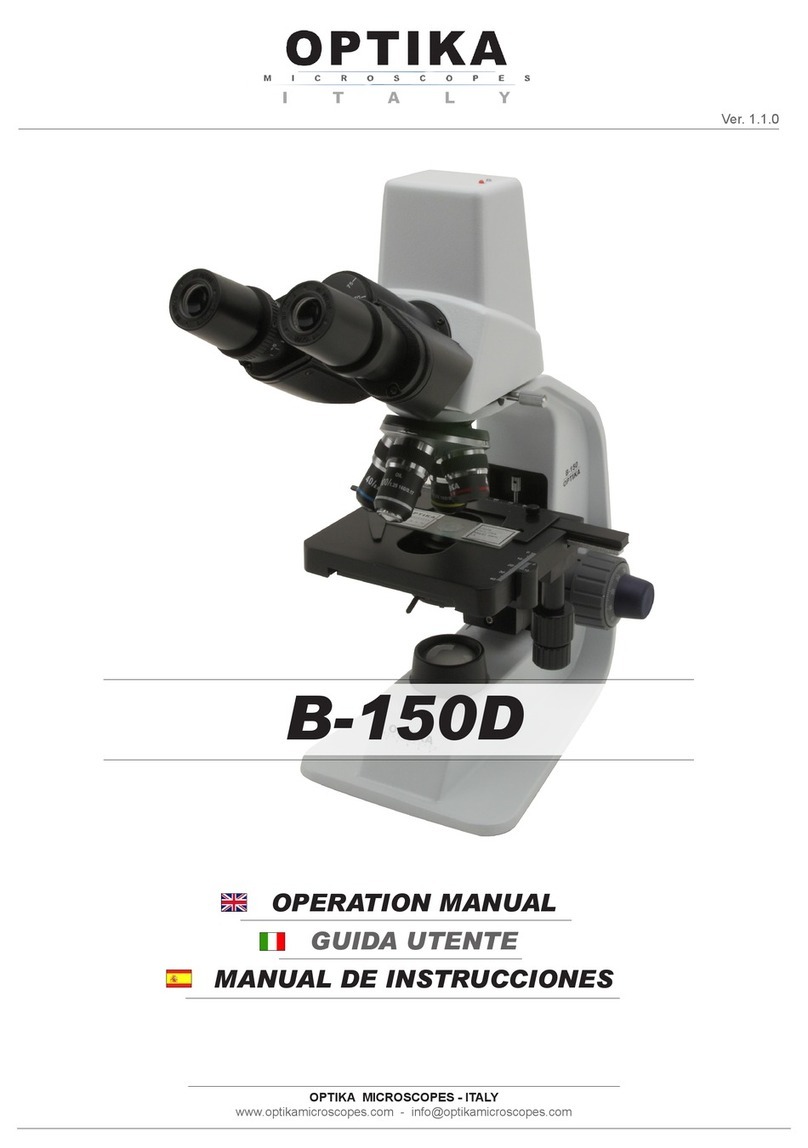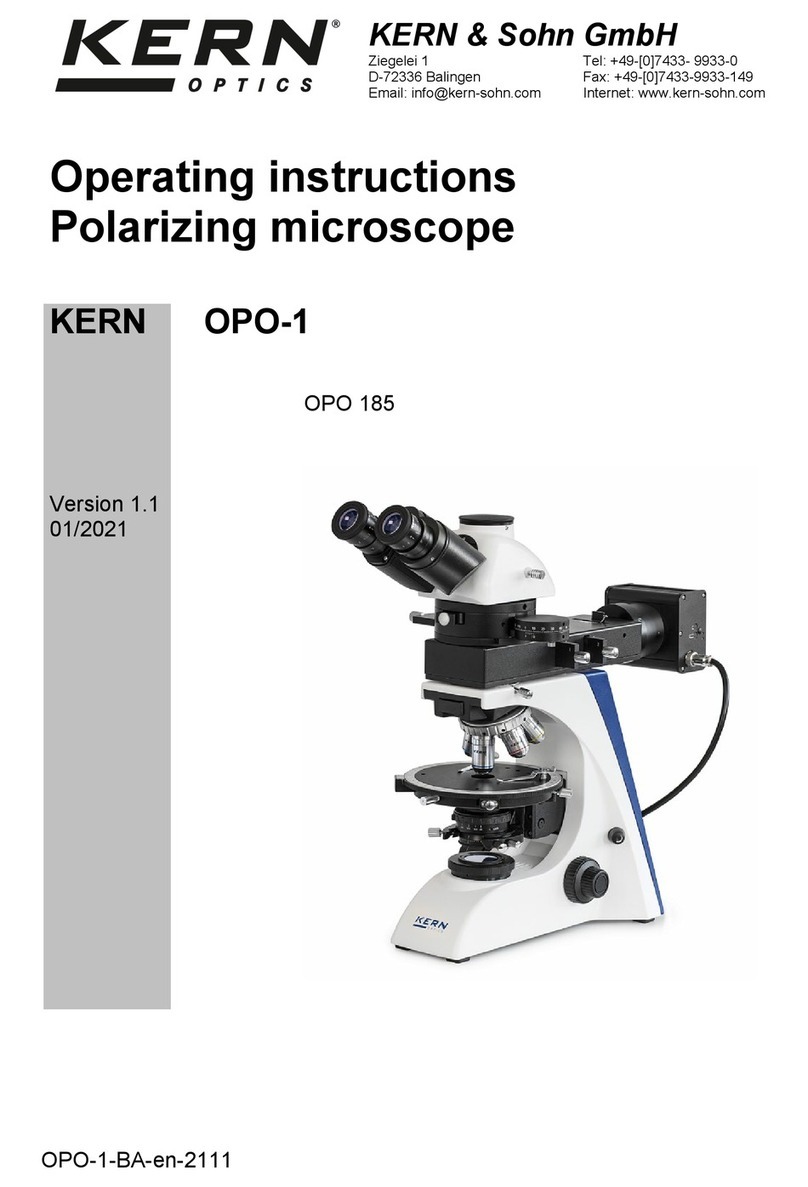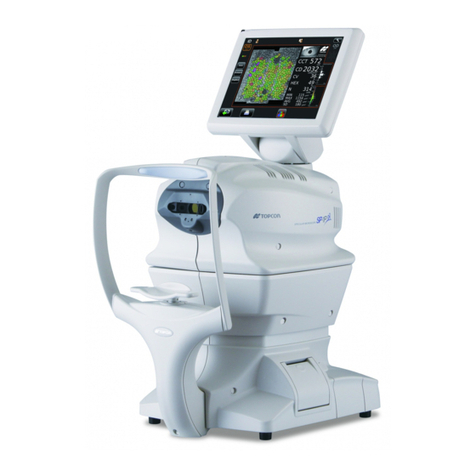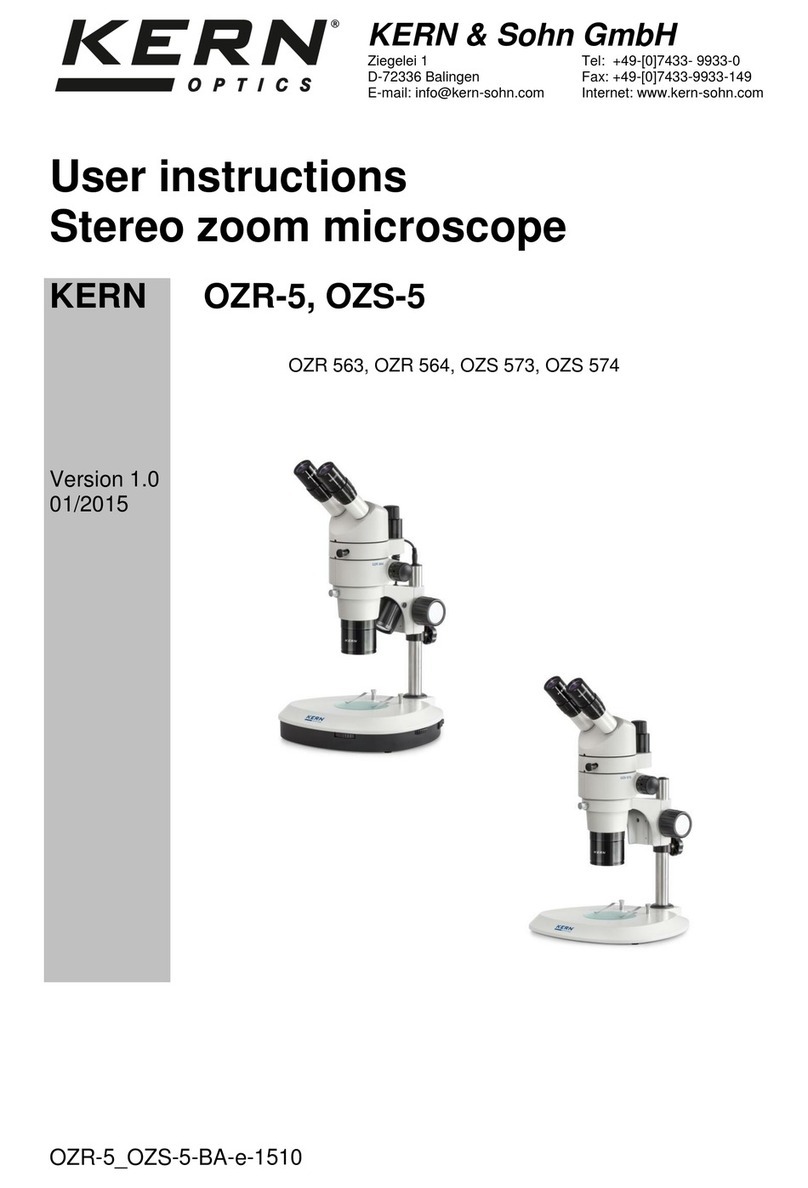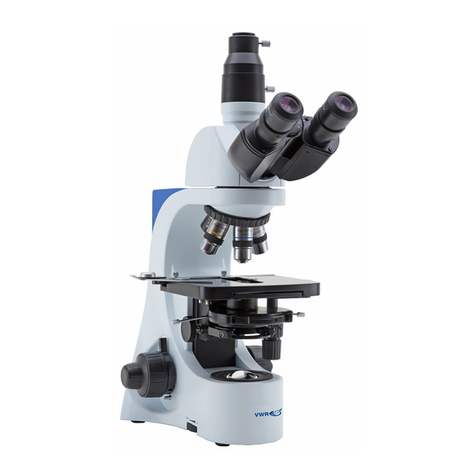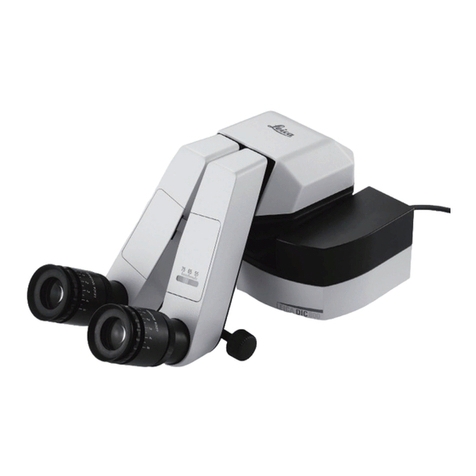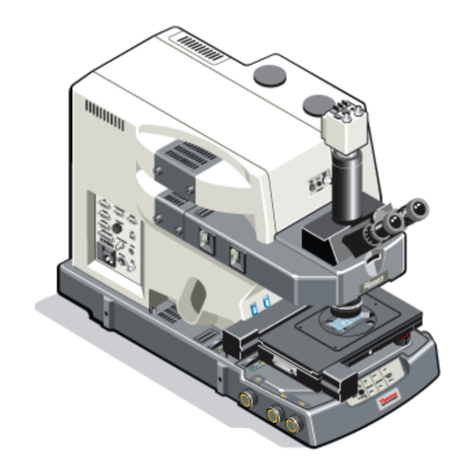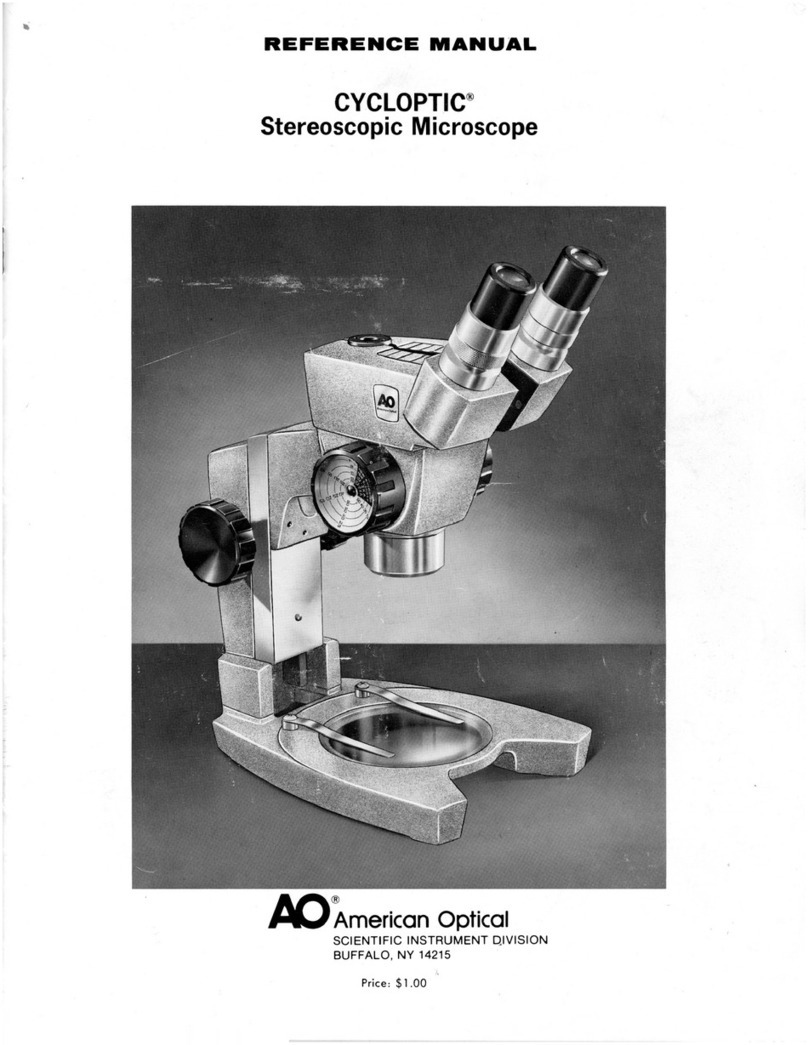
It could cause electric shock or failure of the product.
Do not touch the product with wet hands.
In particular, if you touch the main switch of the power unit or the power cord with wet hands, electric shock, ignition or
failure of the product may be caused.
Do not bend, pull or tie the power cord/cables in a bundle.
Otherwise they could be damaged, causing a fire or an electric shock.
Keep the power cord and cables well away from the lamp housing.
If the power cord and cables contact a hot area of the lamp housing, they could melt and cause electric shock.
2.4 CAUTION:Electric safety
Always use the power cord specified by us.
If the proper AC adapter and the power cord are not used, the electric safety and the EMC (Electromagnetic Compatibility)
performance of the product can not be assured.
Always connect the ground terminal.
Connect the ground terminal of the power cord and that of the power outlet.
If the product is not grounded, our intended electric safety and EMC performance of the product can not be assured.
Do not use the product in close proximity to the sources of strong electromagnetic radiation.
Proper operation may be interfered. The electromagnetic environment should be evaluated prior to operation of the
product.
Disconnect the power cord in case of emergency.
In case of emergency, disconnect the power cord from the power cord connector on the product or from the power outlet.
Install the product at the location where you can reach the power cord connector or the power outlet at hand to
disconnect the power cord quickly. If you cannot install the product at the location described above, check the rated
current of this product and prepare the suitable disconnecting devices.
Do not connect or disconnect the power cord, cables and units while the power is on.
2.5 CAUTION: LED (light emitting diode)
Do not look directly at the light from the LED unit for a long time.
If you feel that the light from LED unit is too bright during observation, adjust the light intensity using the brightness
control knob before continuing the observation. The LED built in this product is basically eye-safe. However, do not look
directly at the light from the LED unit for a long time, since it may cause damage to your eyes.
Do not look directly at the light coming out from the objective or the specular reflection light from the sample.
Do not look directly at the light coming out from the objective for a long time, since it may cause damage to your eyes.
Do not expose your skin to the light coming out from the objective for a long time.
If your skin is exposed to the light coming out from the objective for a long time, you may get burned.
2.6 Safety symbols
The following symbols are placed on this product.
32. Safety precautions 2.4 CAUTION:Electric safety

